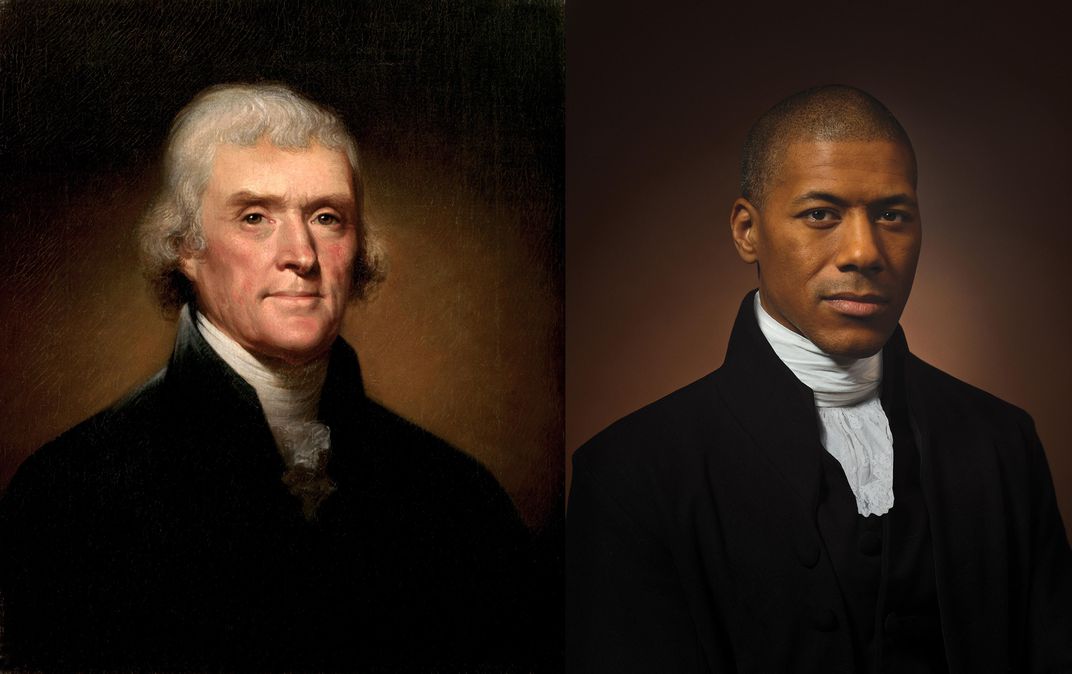For more than 200 years, the rulers of Japan kept the country all but closed to the outside world. In 1854, the “Black Ships” of American commander Matthew Perry arrived to demand an end to Japanese isolation — and a commencement of Japanese world trade. Within decades, many fashion-forward Europeans and even Americans couldn’t get enough things Japanese, especially the art, crafts, and clothing that exemplified kinds of beauty they’d never known before. (Vincent van Gogh was a particularly avid fan.) But if Japan changed the West, the West transformed Japan, a process fully in effect in the footage above, shot on the streets of Tokyo between 1913 and 1915.
These scenes may look familiar to dedicated Open Culture readers, and indeed, we previously featured another version of this film back in 2018. With its speed corrected to remove the herky-jerkiness common to old films and with background noise added, these glimpses of the men, women, and many children of the Japanese capital, all of them living between the inward-looking tradition of their country as it had been and the onrush of modernity from without, already felt realistic.
But now you may feel you’ve been personally transported to this culturally and economically heady time in the Land of the Rising Sun thanks to the work of Denis Shiryaev, a Youtuber who specializes in enlarging and restoring vintage film clips with artificial intelligence.
Shirayev is also responsible for the enhanced versions of scenes from Belle Époque Paris, czarist Moscow, Victorian England, New York City in 1911, and even the Lumière Brothers’ early motion picture The Arrival of a Train at La Ciotat Station. At the beginning of this video he reveals the stages of the process that brought this century-old footage of Tokyo to greater vividness: de-noising and damage removal, colorization, facial restoration, and upscaling to 4K resolution at 60 frames per second — all assisted by neural networks that, “trained” on relevant visual materials new and old, crisp and weathered, to determine the best ways to make it all look more convincing. The results may make you wonder what else will soon be possible — surely not a feeling unknown to these early 20th-century Tokyoites.
Related Content:
Download Hundreds of 19th-Century Japanese Woodblock Prints by Masters of the Tradition
1850s Japan Comes to Life in 3D, Color Photos: See the Stereoscopic Photography of T. Enami
The Entire History of Japan in 9 Quirky Minutes
Based in Seoul, Colin Marshall writes and broadcasts on cities, language, and culture. His projects include the book The Stateless City: a Walk through 21st-Century Los Angeles and the video series The City in Cinema. Follow him on Twitter at @colinmarshall, on Facebook, or on Instagram.




